Sigma 200mm f/2 DG Sports Review: Swinging for a Home Run
The fixed 200mm f/2 is a very rare and specialized lens. In the DSLR days, there were very few available, and they were all ridiculously expensive. Canon and Nikon both made some very prestigious versions that delivered razor-sharp optics and incredibly shallow depth-of-field. They were also useful for low-light sports and action photography.
Surprisingly, we haven’t seen a version for mirrorless — until now. Sigma announced a new full-frame 200mm lens f/2 Sport for $3,299. This is an ambitious venture considering how specialized these lens designs are, but I had an ideal test scenario that plays to the Sigma lens’ strengths. A local college baseball team called the Okotoks Dawgs gave us sideline access to try out this latest Sports lens.
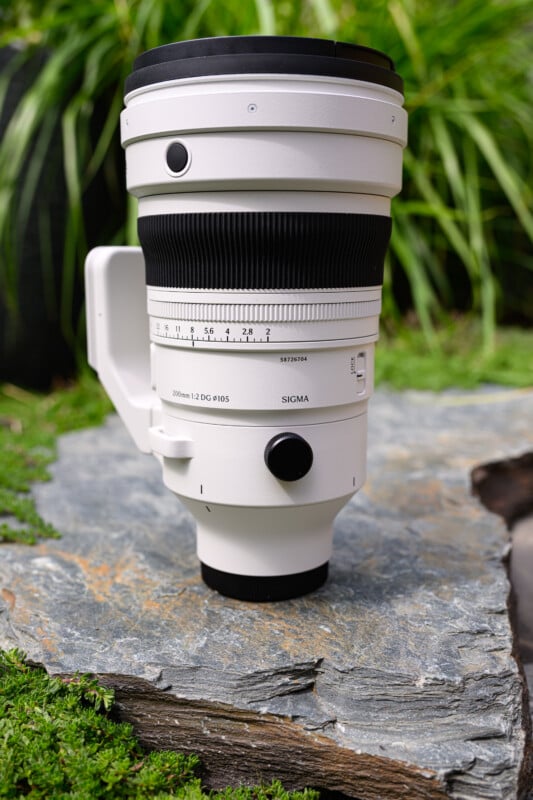

Sigma 200mm f/2 DG Sport Review: How It Feels
The 200mm f/2 Sport is designed for intense sports situations and comes with a white paint job to limit thermal expansion as well as a rugged weather-sealed construction. The lens comes with a generous hood with a screw-lock release and surrounds a large 105mm filter mount. There are customizable buttons and autofocusing controls to limit distance and switch to manual. You also get a beautiful aperture ring, which can be set for smooth or stepped functionality. There are also optical stabilizer controls because this lens features an effective image stabilization system within.
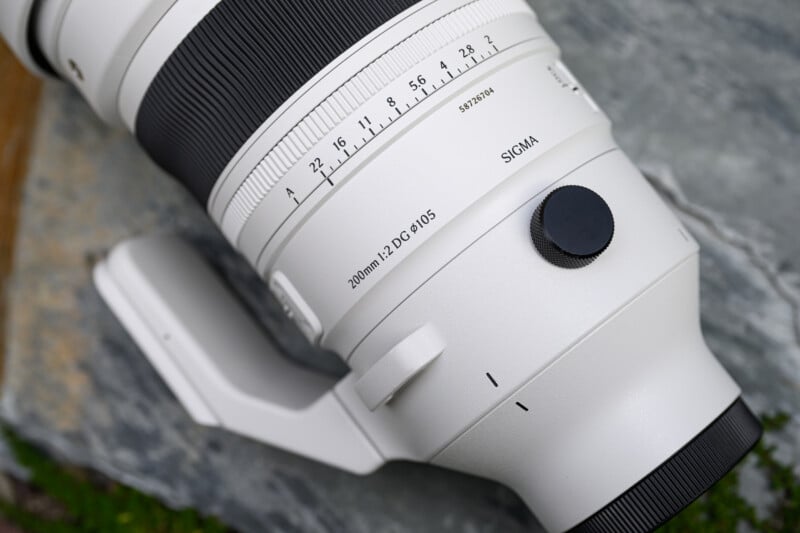
![]()
![]()
The collar is not removable, but it does feature dovetail cuts to make it compatible with Arca-Swiss tripod heads. The 200mm is a full-featured lens designed for rugged sports and action, but all of this does come with a bit of weight. At 63.95 ounces (1,800 grams), the lens has quite a bit more weight than what you would expect out of a 70-200 f/2.8 lens. I chose to shoot the game without a monopod and found the weight manageable handheld (with the occasional rest), although I would want a monopod for wildlife work. All the controls were easy to use without taking my eye away from the action, and I liked the short zoom throw for quick changes.

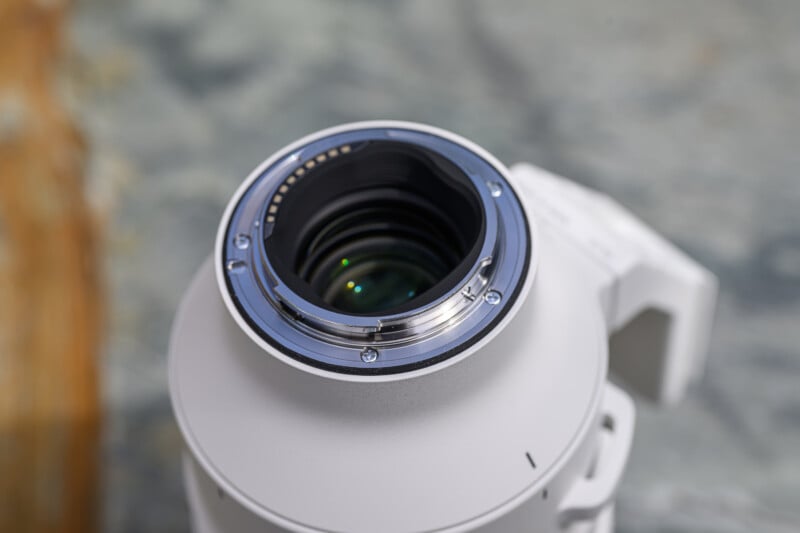
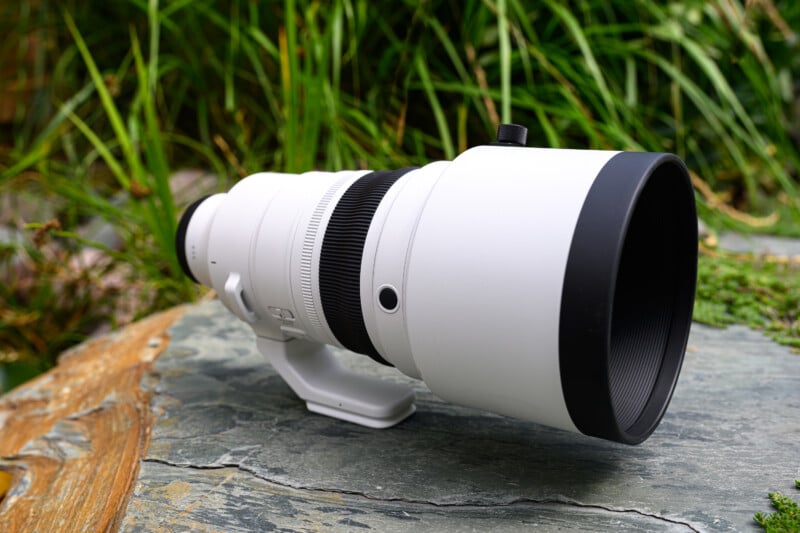
Sigma 200mm f/2 DG Sport Review: How it Shoots
The Sigma High Speed Linear Actuators, or HLA motors, had zero issues keeping up with the baseball game. Of course, the lens has an effective focus limiter to retain critical focus where the action is. There were no autofocus compatibility issues with the Sony body I was using; however, there will still be Sony’s ridiculous limit of 15 frames per second if you want to retain tracking autofocus, which, of course, you do.

There is a very large hood that does a great job of protecting the front of the lens both physically and from flare issues. However, I tested the lens without the hood to see if there were any problems with the latter, and the lens prevented flare beautifully. Contrast was well maintained, whether shooting towards the sun or bright stadium lights. You can see a touch of ghosting regardless of the aperture chosen, but using the hood should prevent most untoward flare issues anyway.

![]()
![]()
![]()
Bokeh is incredibly clean and soft on this new Sigma lens. This makes sense given how shallow the depth of field can be with such a bright aperture. The specular highlights were clean and free of any bright halos or messy onion rings. This gives a very smooth transition throughout the focus range, and also gives soft-looking backgrounds that do not distract the viewer’s eye. I liked the look of out-of-focus crowds in the backgrounds at f/2 because the context of the scene is clearly shown, but the players still stand out starkly against the almost painterly backdrops.

![]()
![]()
![]()
It is clear that Sigma has optimized this 200mm for maximum sharpness at the maximum aperture. This lens is made to work at f/2 all day long, and the test charts concurred. At f/2, the lens is incredibly sharp with essentially no improvement required by stopping down the lens. Corners are also very decent, although there is some small benefit to using a tighter aperture. I also found the lens to shoot in a very flat manner, meaning that if the center is in focus, the corners largely are too. LoCA, or longitudinal chromatic aberrations, are also easily controlled, with very little color fringing in the out-of-focus areas.
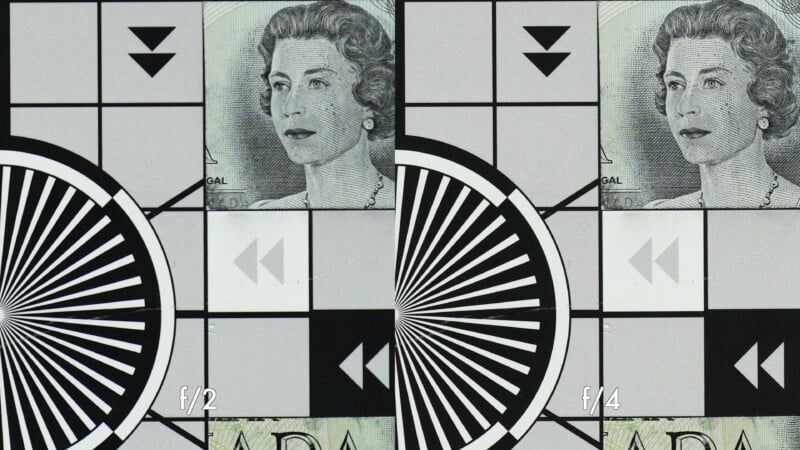
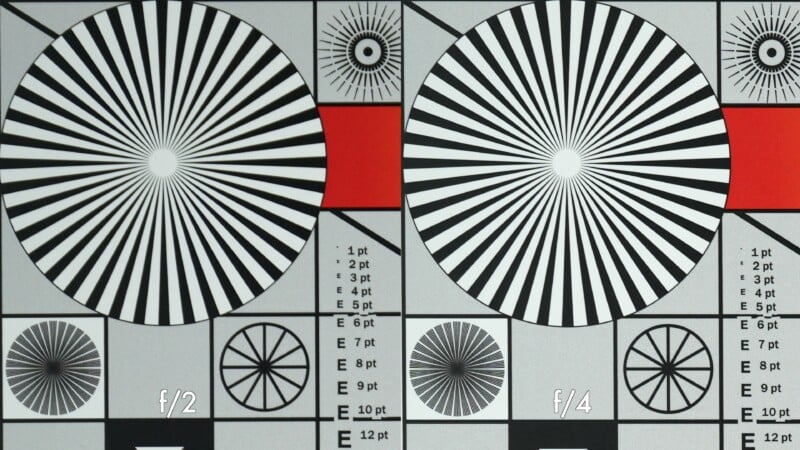
![]()
![]()
Sigma 200mm f/2 DG Sport Review: Stunning Sports Lens
![]() The Sigma 200mm f/2 Sport is just such a pleasure to use. Optically, this lens is unrivalled right now, with excellent sharpness and a unique look to sports compositions thanks to the shallow depth of field and beautiful bokeh. I didn’t find the weight to be overly difficult to carry, and the controls and functions are easy to use.
The Sigma 200mm f/2 Sport is just such a pleasure to use. Optically, this lens is unrivalled right now, with excellent sharpness and a unique look to sports compositions thanks to the shallow depth of field and beautiful bokeh. I didn’t find the weight to be overly difficult to carry, and the controls and functions are easy to use.
The price is going to be high at $3,299, but consider that the only other options available are older Nikon and Canon DSLR lenses that aren’t going to convert well to E-mount or L-mount anyway. Beyond that, those DSLR lenses are still way more expensive options than the Sigma 200mm f/2, and I would venture to say that this lens performs at least as well, if not better. Still, this lens has a lot to offer a prospective sports or wildlife photographer, and plenty of portrait and wedding shooters could also find utility here.
![]()
![]()
![]()
![]()
![]()
Sigma is first in the field to offer this lens on a mirrorless platform, and they came out swinging.
![]()
Are There Alternatives?
In practical terms, no. Sigma is the first to tap into this optical formula for mirrorless cameras, and will hold a bit of a monopoly for the foreseeable future.
Should You Buy It?
Yes. This lens provides a unique look that transcends use meant exclusively for sports and action. Photographers shooting concerts, portraits, weddings, and street will all find something to love.
Update 8/19: An earlier version of this review stated that the lens was compatible with L-mount teleconverters. Unfortunately, it is not. We apologize for the error.